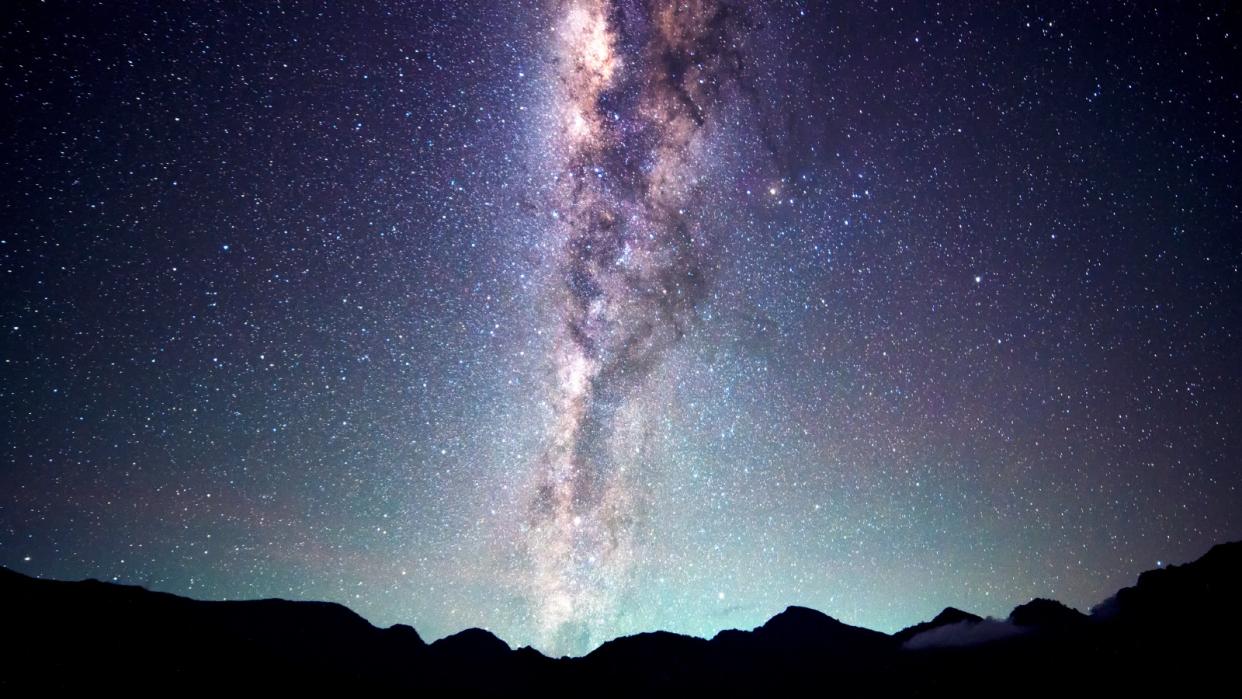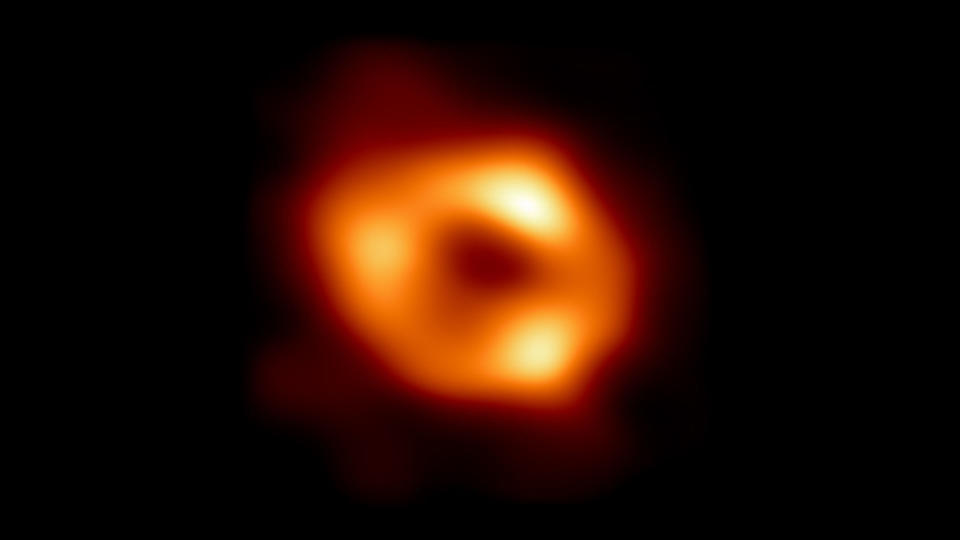How many times has the sun traveled around the Milky Way?

It can be hard to get your head around the fact that Earth is moving through space. But it is even stranger to realize that you are making two simultaneous journeys — around the sun and through the Milky Way.
Just like the moon orbits Earth and our planet orbits the sun, our home star is also circling the Milky Way — or, more accurately, orbiting the supermassive black hole at the center of our galaxy. The entire Milky Way is actually constantly spinning around our galaxy's black hole heart.
So exactly how many times has our solar system spun around the Milky Way's gigantic black hole heart? The answer isn't as simple to work out as it may first seem.
Compared with the orbits of the planets around the sun, our home star's pathway through the Milky Way is inconceivably longer and much less stable, which makes it hard to calculate how many times we have rotated around the galaxy's center.
Using simple math can reveal how long it currently takes for the solar system to traverse our galaxy, which, in turn, can provide a good estimate of how many times our cosmic neighborhood has made the trip. But providing a more accurate answer is tricky.
Related: How many atoms are in the observable universe?

The sun and the rest of the solar system is currently traveling through our galaxy at around 448,000 mph (720,000 km/h), according to Live Science's sister site Space.com. This seems incredibly fast, but some stars in the Milky Way, known as hypervelocity stars, traverse the galaxy at up to 5.1 million mph (8.2 million km/h).
At the sun's current speed, it takes around 230 million years for our home star to complete one trip around the Milky Way. That is longer than dinosaurs walked the Earth and more than 750 times longer than humans (Homo sapiens) have existed.
The sun is around 4.6 billion years old and Earth was born around 100 million years later, according to The Planetary Society. This means that if the sun's orbital pathway remained constant for all this time, it would have completed around 20 trips through our galaxy, and Earth would have been dragged along for around 98% of those trips.
However, the sun's orbit has not remained constant over its lifetime. Instead, our home star has likely moved around quite a bit since it first formed.
"The sun was probably not born where we find it now," Victor Debattista, an astrophysicist at the University of Central Lancashire in the U.K. who specializes in galactic evolution, told Live Science. Instead, our home star was probably born much closer to the Milky Way's center, he added.
We are currently located around 26,100 light-years from the galaxy's center. But the metallicity, or chemistry, of our sun suggests it was born around 16,300 light-years from the galactic core. This outward movement is known as "radial migration," which involves stars being pushed along the spiral arms of galaxies like the Milky Way by the momentum of the spinning limbs — kind of like "how a surfer rides a wave," Debattista said.
When the sun was born, its orbital period was much shorter. It likely took our star around 125 million years to complete a round trip, Debattista said. As the sun migrated outwards, its orbital period increased, but it likely took billions of years to move to its current position, he added.
This means the sun has actually been flung through the Milky Way more times than our earlier estimate would suggest, though by exactly how much isn't clear.
related mysteries
—Why are things in space round?
—Why does outer space look black?
Radial migration happens to lots of other stars too. "Roughly half the stars in the solar neighborhood are thought to have been born elsewhere [and been pushed outward]," Debattista said. And the further out from the Milky Way's center, the higher the percentage of stars that have migrated outward, he added.
The sun is now believed to be in a fairly stable orbit around our galaxy. But there is a chance that it has not finished moving completely.
It is "certainly possible" that the sun will continue to migrate outward, Debattista said. "However it is impossible to predict by how much."

